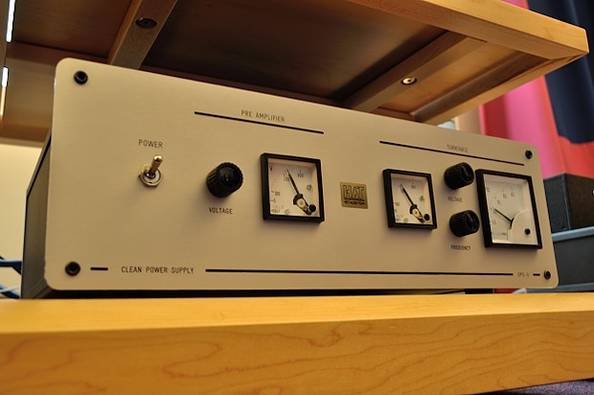Tony L
Administrator
I can't figure out from the picture and the online wiring diagram whether that is 'correct' or not.... But if it's coming good at 200v it's probably right.
I'm pretty certain all is how it was made, this deck had no evidence whatsoever of being tampered with when I bought it. No marks on screw-heads, no fresh-looking solder, just everything under a similar level of grime underneath. I've no idea if the resistor in the pic is in spec, but IIRC that's the only 'component' aside from the spark suppression cap (which I have replaced with the one Schopper sell).
Both solutions are a bit unsatisfactory, the deck should be right at UK normal mains, the contemporary reviewers didn't suffer the problem.
I agree, though to my mind I've ruled just about everything out now. I've owned three complete TD-124s (a Mk 1 and two MkIIs). The Mk 1 was the quietest, but needed a respray if you are as picky / OCD about condition as I am. The other Mk II struck me as about the same as this one, so close as to make it not worth the effort of swapping parts about - I actually bought it thinking the top platter was flatter than the one I had, but it wasn't. I made a nice boxed pre-Imp 3009 out of that deal, so not too bad though. I've also got three step-pulley wheels and another on the way (I've just bought the one originally from the newly fitted chassis just on the off-chance they were selected) and I've three idler wheels plus a load of other bits such as arm-boards, platters etc etc. My conclusion is it's just a noisier deck from an acoustical perspective than a well setup Garrard or Lenco (both of which are simpler), though thankfully this noise doesn't seem to translate into actual rumble. It also needs to be restated that I'm using a very lightweight Ortofon-style hollow plinth. I suspect the acoustic noise level would all but vanish if it was mounted in a massive block of slate or granite. If I ever decide to make the 124 my main deck that's the route I'd go.
PS I'll be having a big TD-124 spare parts sale very soon! I only intend to keep one of everything, though I'll probably hold onto the original platters just for authenticity / final resale.






